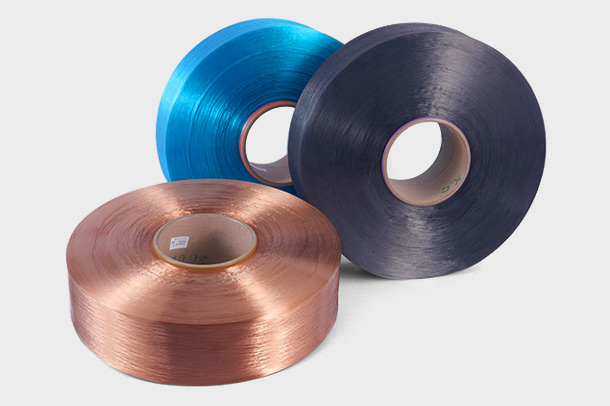Abstract:1. General properties of polyester fibers
(1) Strength. The fiber strength is high, generally 4.5~8cN/dtex, and the hig...
(1) Strength. The fiber strength is high, generally 4.5~8cN/dtex, and the high-strength fiber is 5.6~8.OcN/dtex. Due to its poor hygroscopicity, the wet strength and dry strength are basically the same.
(2) Touch the amount. The initial modulus of polyester is high. Filament for civil use is not less than 90cN/dtex, and filament for industrial use can reach 132 5cN/dtex.
(3) Elasticity. The elasticity of the fiber is good, and its elastic recovery rate is 96% under 2% tension. The fabric does not wrinkle and has good dimensional stability.
(4) Good heat resistance. The melting point of polyester is 255-260°C, and when heated in air at 150°C for 1000 hours, it will slightly change color, and the strength will not drop by more than 50%.
(5) Shrinkage. Polyester fabrics shrink little or no.
(6) Hygroscopicity. The hygroscopicity of polyester is poor, and the moisture regain is only 0.4%, because there are very few polar groups on polyester macromolecules.
(7) PILLING. Polyester is easy to pilling and not easy to fall off. This is a fiber ball due to loose filaments and broken ends in the fabric. Because of the high fiber strength, fiber balls are retained on the fabric. The modified polyester with low tensile strength is not easy to pilling.
(8) Dyeing. Because there are very few polar groups on polyester macromolecules, it cannot be dyed by general methods. With disperse dyes or non-ionic dyes, the dyeing effect is better.
(9) Flammability. Polyester is more flammable than nylon, and the fibers melt and extinguish themselves when burned.
(10) Chemical resistance. Its resistance to hydrolysis, antioxidant, acid and dry heat degradation are better than nylon, but not alkali. Taking advantage of this characteristic, polyester was modified by alkali reduction method.

